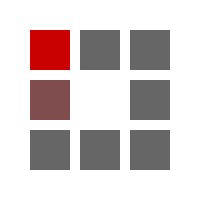QD-OLED: The next generation of reference-level mastering displays offers hope for colorists!
In our Post-NAB 2023 Office Hours, we discussed the dismal reference display landscape for HDR 4K mastering. There weren’t any promising technologies at NAB 2023 for HDR reference displays priced under $30,000US. MicroLEDs seem many years from having reference grade displays that can be used in the color grading suite.
Quantum Dot? It has barely hit the consumer market, with the first QD-OLED released in 2022. Plus, ‘quantum dot’ sounds more like a marketing term than a physical ‘thing’ that makes a meaningful difference for video displays.
It turns out – Quantum Dots are real.
After seeing the new FSI QD-OLED in person at the end of May 2023, I immediately starting researching the technology. One of my first stops? ChatGPT, of course! Here’s what it said about Quantum Dots:
“Quantum dots” are indeed a real thing, and they represent an important area of nanotechnology and quantum physics. In the simplest terms, a quantum dot is a tiny semiconductor particle, only a few nanometers in size, which is small enough to exhibit quantum mechanical properties.
Specifically, the “quantum” in quantum dot refers to the fact that these particles can only emit or absorb specific, discrete (or “quantized”) amounts of energy. When a quantum dot is excited by light or electricity, it can absorb that energy and then re-emit it as light of a specific color. The exact color of the light emitted by a quantum dot depends on the size of the dot. Larger quantum dots emit light that’s more toward the red end of the spectrum, while smaller dots emit light more toward the blue end …
… So, while ‘Quantum Dot OLED’ can indeed be used as a marketing term for certain display technologies, it’s rooted in real, tangible science. These technologies are still being developed and refined, with the goal of producing higher-quality, more energy-efficient displays.
ChatGPT v4
Here’s a graphic from Nanosys.com, the company that developed quantum dots, to help explain how they work:





